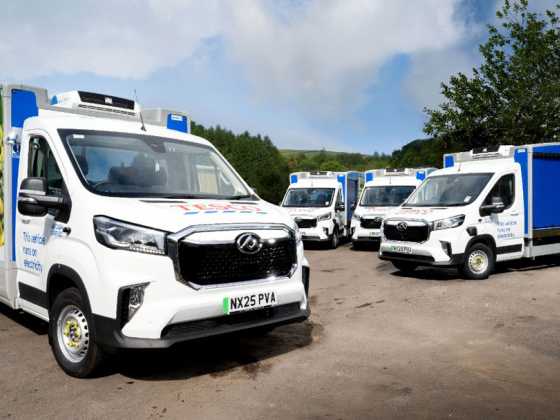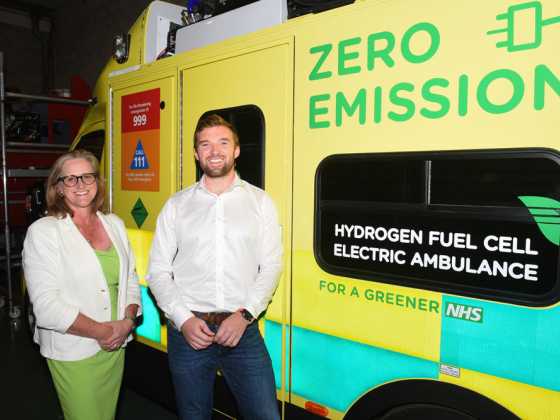Hyundai conducts autonomous truck platoon trial
Hyundai Motor Company has conducted its first platooning of trailer trucks on the Yeoju Smart Highway test bed which replicates real-world traffic conditions.
Hyundai Motor conducted the trial using two trailer-connected Xcient trucks.
Yeoju Smart Highway is a 7.7km testbed within the central region expressway established by the Korean government for the development of autonomous driving technology.
The demonstration successfully displayed the following technology: Vehicle platooning, cut-in/out by other vehicles, simultaneous emergency braking, and V2V (Vehicle to Vehicle) communication tech.
This demonstration is part of a project initiated by the Ministry of Land, Infrastructure and Transport (MOLIT). Since 2018, MOLIT has been working to support pioneering efforts for autonomous technology. Along with Hyundai Motor Company, this national project involved government, corporations, and academia.
Vehicle platooning has the benefit of reducing air resistance to improve fuel efficiency and lower emissions, making it an eco-friendly technology.
The platooning maneuver begins when the driver of the following truck approaches the leading vehicle and activates platooning mode.
Upon activation of platooning mode, the following truck maintains a 16.7m distance, with real-time fine tuning based on the leading vehicle’s acceleration and deceleration. The driver does not need to put his/her foot on the accelerator nor brakes, vastly reducing fatigue on the road and improving safety.
The mode also activates lane keeping technology which makes possible for the driver of following truck to take hands off the steering wheel.
With platooning, other vehicles cutting in and out between trucks can also be seamlessly managed. If a vehicle cuts between the platooning trucks, the following truck automatically extends the gap to minimum of 25m.
When a leading truck makes a sudden emergency stop due to an unexpected situation, the newly demonstrated technology responds by enabling the following truck to decelerate and stop.
The V2V system applied to both trucks in this demonstration showcased how real time information sharing between platooning vehicles can improve control over acceleration and deceleration, and also incorporate ADAS (Advanced Driver Assistance System) information from various sensors like cameras and radar.



